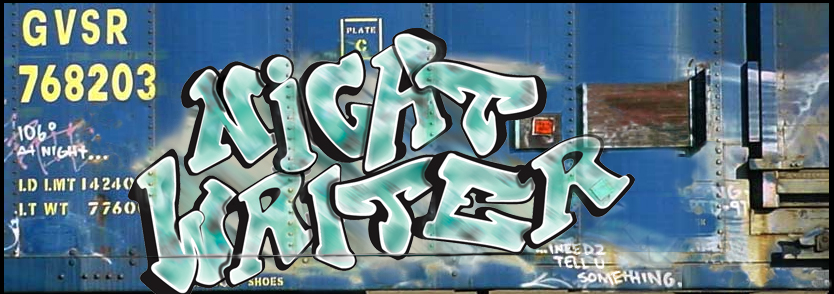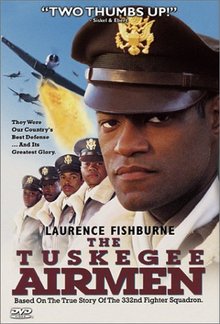Ballyrag (or Bullyrag)
(BAL ee rag) (BOOL ee rag) verb
To ballyrag or bullyrag someone is to harass or abuse him, in the more violent sense of the word, or less dramatically, to tease him. Fowler says that the derivation is unknown, and that ballyrag is the far more common and preferable form, but other dictionaries give bullyrag as the first choice. To rag someone is to tease him, in American usage, but in British usage, to do rather more than that: to persecute him with crude practical jokes, with rag also a noun denoting that kind of tormenting behavior. The bullyrag form probably has some connection with bully, embellished by rag. In any case, bally– or bullyragging is reprehensible abusive horseplay and badgering, the kind employed, for example, in the sort of fraternity hazing that is a practice now mercifully fading from the scene.
From the book, “1000 Most Challenging Words” by Norman W. Schur, ©1987 by the Ballantine Reference Library, Random House.
My example: Scott McClellan is a better man than I to daily subject himself to the ballyragging of the White House Press Corps.
I post a weekly “Challenging Words” definition to call more attention to this delightful book and to promote interesting word usage in the blogosphere. I challenge other bloggers to work the current word into a post sometime in the coming week. If you manage to do so, please leave a comment or a link to where I can find it.
Update:
Leo has a new ballyragious header over at Psycmeistr’s Ice Palace!

 ballyrag' to Del.icio.us" alt="Add 'Challenging Word of the Week: ballyrag' to Del.icio.us" />
ballyrag' to Del.icio.us" alt="Add 'Challenging Word of the Week: ballyrag' to Del.icio.us" /> ballyrag' to digg" alt="Add 'Challenging Word of the Week: ballyrag' to digg" />
ballyrag' to digg" alt="Add 'Challenging Word of the Week: ballyrag' to digg" /> ballyrag' to reddit" alt="Add 'Challenging Word of the Week: ballyrag' to reddit" />
ballyrag' to reddit" alt="Add 'Challenging Word of the Week: ballyrag' to reddit" /> ballyrag' to Stumble Upon" alt="Add 'Challenging Word of the Week: ballyrag' to Stumble Upon" />
ballyrag' to Stumble Upon" alt="Add 'Challenging Word of the Week: ballyrag' to Stumble Upon" /> ballyrag' to Google Bookmarks" alt="Add 'Challenging Word of the Week: ballyrag' to Google Bookmarks" />
ballyrag' to Google Bookmarks" alt="Add 'Challenging Word of the Week: ballyrag' to Google Bookmarks" /> ballyrag' to Ask" alt="Add 'Challenging Word of the Week: ballyrag' to Ask" />
ballyrag' to Ask" alt="Add 'Challenging Word of the Week: ballyrag' to Ask" /> ballyrag' to FaceBook" alt="Add 'Challenging Word of the Week: ballyrag' to FaceBook" />
ballyrag' to FaceBook" alt="Add 'Challenging Word of the Week: ballyrag' to FaceBook" /> ballyrag' to Barrapunto" alt="Add 'Challenging Word of the Week: ballyrag' to Barrapunto" />
ballyrag' to Barrapunto" alt="Add 'Challenging Word of the Week: ballyrag' to Barrapunto" /> ballyrag' to MySpace" alt="Add 'Challenging Word of the Week: ballyrag' to MySpace" />
ballyrag' to MySpace" alt="Add 'Challenging Word of the Week: ballyrag' to MySpace" /> ballyrag' to Twitter" alt="Add 'Challenging Word of the Week: ballyrag' to Twitter" />
ballyrag' to Twitter" alt="Add 'Challenging Word of the Week: ballyrag' to Twitter" /> ballyrag' to Social Bookmarking Reloaded" alt="Add 'Challenging Word of the Week: ballyrag' to Social Bookmarking Reloaded" />
ballyrag' to Social Bookmarking Reloaded" alt="Add 'Challenging Word of the Week: ballyrag' to Social Bookmarking Reloaded" />












